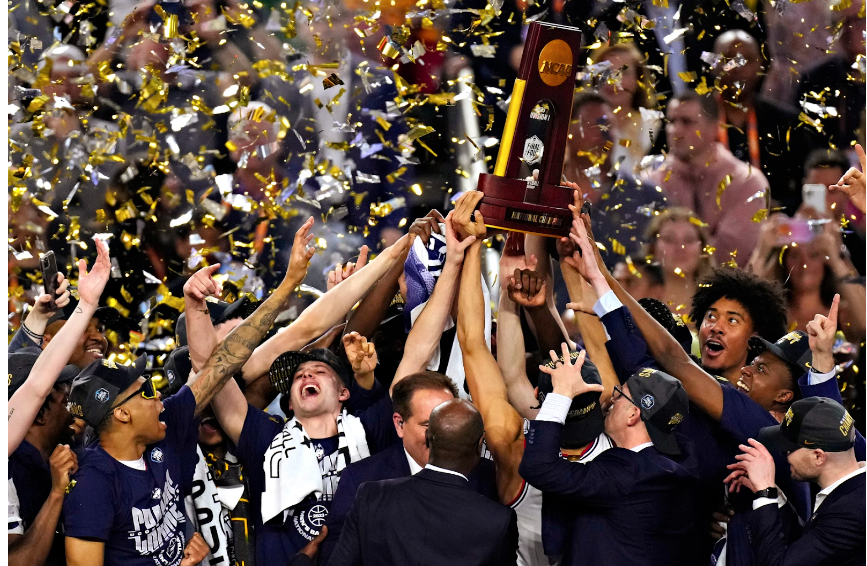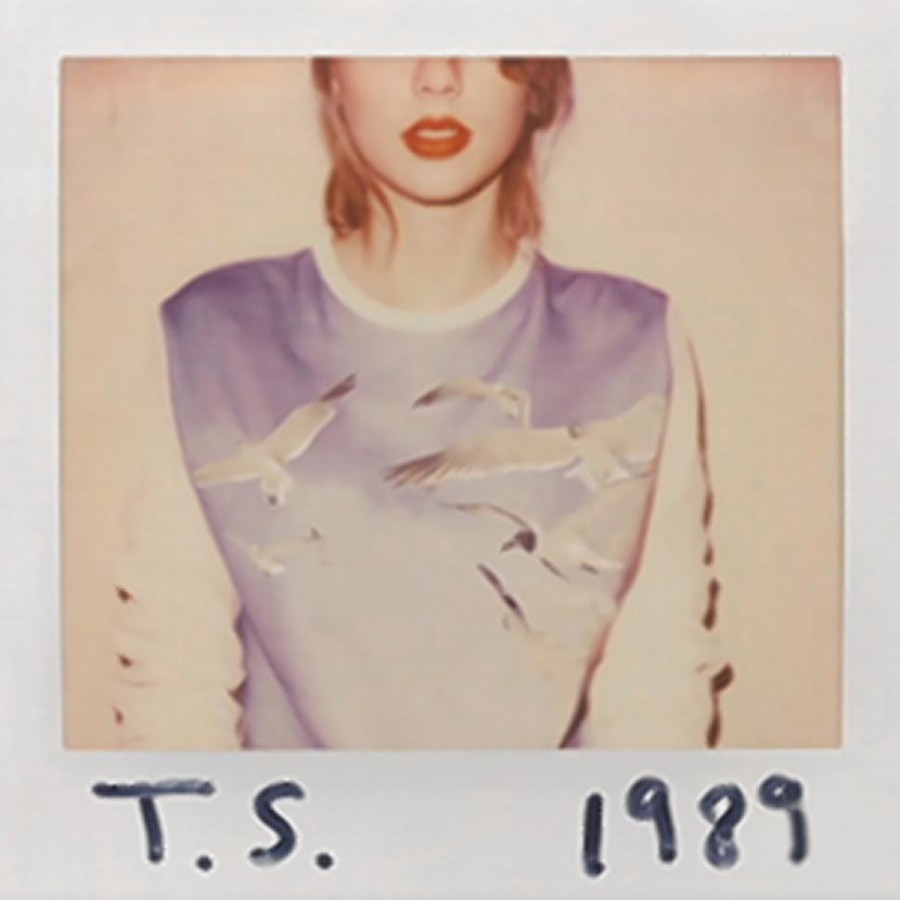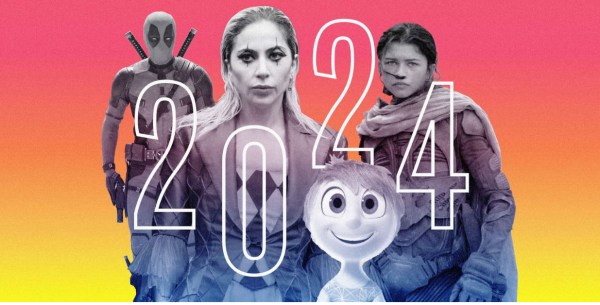From Faded Blue Jeans to a Wine Stained Dress: A Review of Taylor Swift’s 1989
November 15, 2014
Growing from small-town country girl to big city pop artist, Taylor Swift failed to disappoint and continues to wow with the release of her latest album, 1989.
Swift, previously known for her innocent, ever so slightly scandalous tales of teenagehood, grows up and moves back to the pop/disco hybrid of the ‘80s. The songs in her first albums were emotions from her freshmen year of high school. She set herself up as an outsider, quirky and carefree. Her identity remains so, but her music becomes increasingly adventurous and strays further from country.
In Fearless, Red, and all of 1989 she sings pop songs, but not the pop songs we are used to. Her music has no guest verse by Drake or Pitbull, no disruptive bass drop, no provocative images. Instead, 1989 takes us back to the pop of the ‘80s. Similar to the artist Prince, she focuses on one aspect of sound throughout the whole album. Her lyrics are still imagistic; her pictures are still of a not-so-perfect girl on a rollercoaster of relationships and big dreams. But this time, she’s writing from the city. She’s already made it. She wants her audience (the majority of which are preteen girls) to know that they can make it, too.
The music video for the first song released from her album, “Shake It Off,” shows Taylor dancing with professional pop dancers. Towards the end of the song, the shimmiers become common people, not trying to be cool in any way. In the thirteen songs of 1989, she reassures us that mistakes are inevitable and even famous pop stars make them.
Taylor’s music is illustrative and it’s deliciously human. She opens with “Welcome to New York,” an upbeat, promising, but liberating song: “Everybody here was someone else before/but you can want what you want.” She cruises into her old mode of bringing us right into her love affairs in “Blank Space:” “But you’ll come back each time you leave/Cause darling I’m a nightmare dressed like a daydream.” Perhaps my favorite, “How You Get the Girl,” sounds like an old Aly&AJ song from a Disney Channel Original Movie.
Swift’s mood in the album is reflective. She intones her faults (“Got a long list of exlovers/ They’ll tell you I’m insane”) but maintains a childish excitement for such love affairs that her audience so adores. The music is fresh, straying from cheesy country and trashy pop. She paints something real, something a tad flawed, and something worth making the background of a Saturday night.





























![Finneas and Billie Eilish accept the Song Of The Year award for What Was I Made For? [From the Motion Picture “Barbie”]. PHOTO: AMY SUSSMAN/GETTY IMAGES](https://harborlight.hinghamschools.com/wp-content/uploads/2024/02/Screen-Shot-2024-02-12-at-8.42.44-AM-600x402.png)

